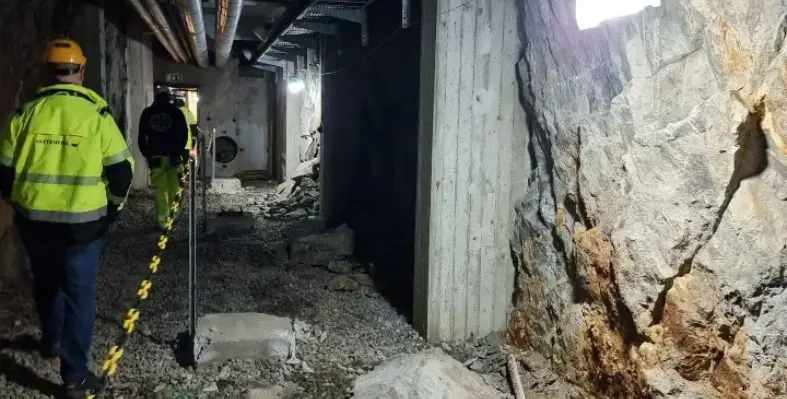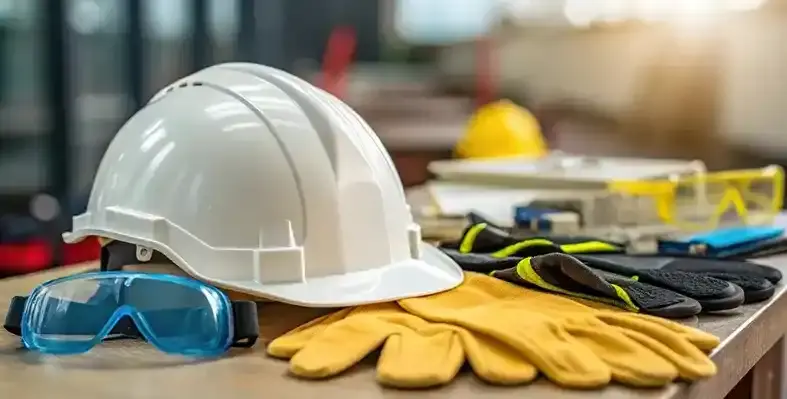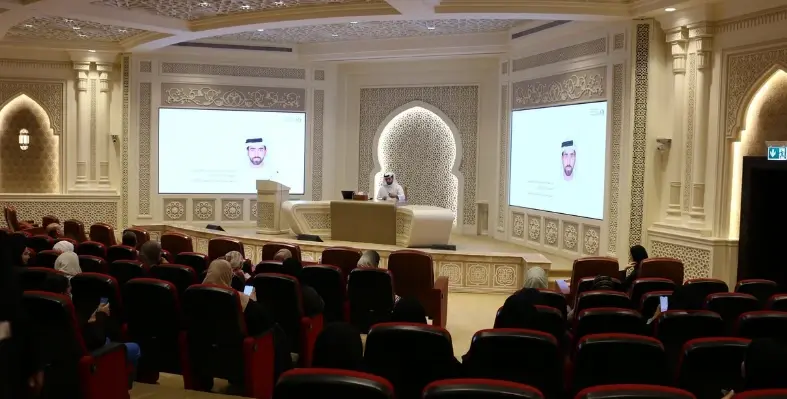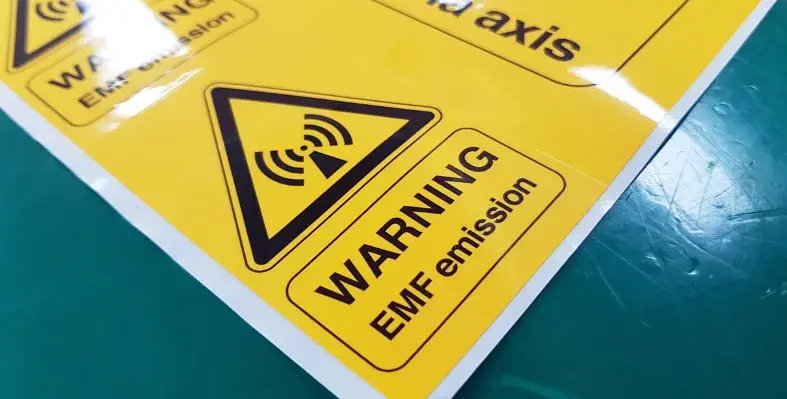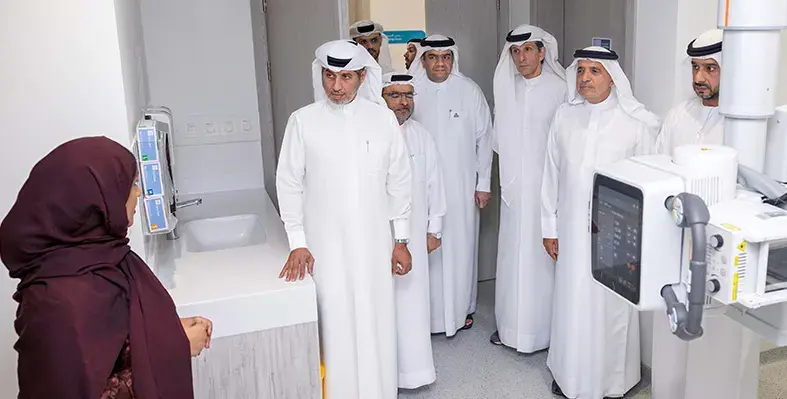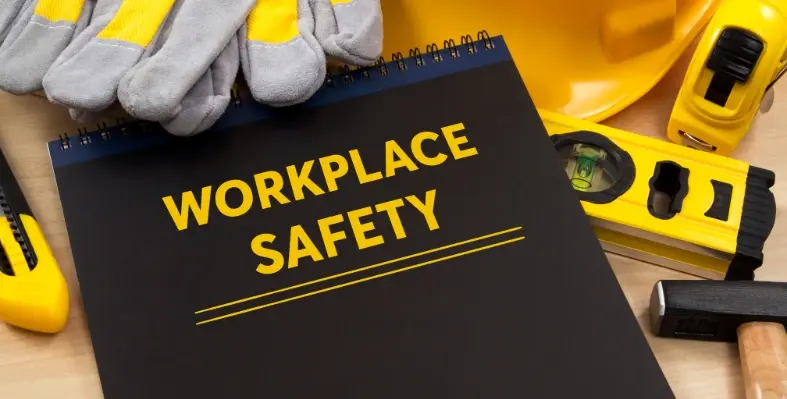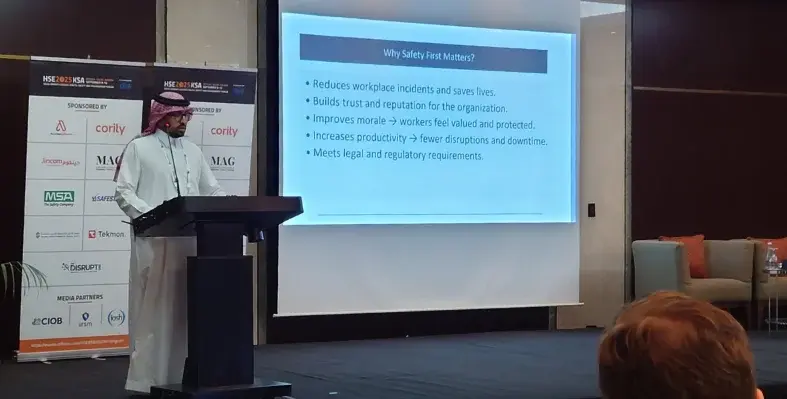UAE's Ministry of Human Resources and Emiratisation (MoHRE) has outlined five essential safety requirements that all workers must follow at job sites, stressing that adherence to protective measures is not simply procedural but a critical necessity to safeguard workers and those around them.
MoHRE stated that workers must wear a helmet, safety vest, protective footwear, safety goggles, and ear protection against noise, according to a report by Gulf News.
These requirements form part of an integrated occupational health and safety framework aligned with Federal Decree-Law No. 33 of 2021 regulating labour relations, its executive regulations, and related ministerial decisions. The law also sets out a full range of preventive measures to be implemented at workplaces and labour accommodations.
MoHRE emphasised that the UAE places strong importance on creating a safe and attractive work environment, supported by proactive legislation governing workplace safety and labour accommodation. “Occupational health and safety is a top priority for the ministry, which strictly enforces the law against any violations,” MoHRE said, highlighting initiatives such as the Wage Protection System, which safeguards workers’ rights and ensures timely salary payments. The ministry added that strengthening health and safety practices enhances the UAE’s global competitiveness, boosts productivity, and supports a stable skilled workforce that drives economic growth.
Key safety rules
The report noted that MoHRE has identified four official channels for reporting occupational safety violations: the call centre (600590000), the MoHRE smart application, the official website, and the ministry’s verified social media platforms.
The Occupational Health and Safety Manual requires employers to provide appropriate protective equipment to prevent work-related injuries, illnesses, and fire hazards, and to comply with all preventive measures issued by the ministry. Companies must display detailed safety instructions in Arabic and other languages where necessary, in visible areas of the workplace, along with warning signs near hazardous locations.
Employers must also appoint qualified first-aid supervisors, maintain fully equipped first-aid kits, and ensure adequate fire prevention and firefighting tools suitable for their operations. They are required to regularly assess workplace conditions to ensure sufficient protection for workers and take practical steps to reduce or eliminate risks.
The guidelines further highlight precautions against falling objects, sharp tools, high temperatures, flammable materials, compressed gases, and electrical hazards.






